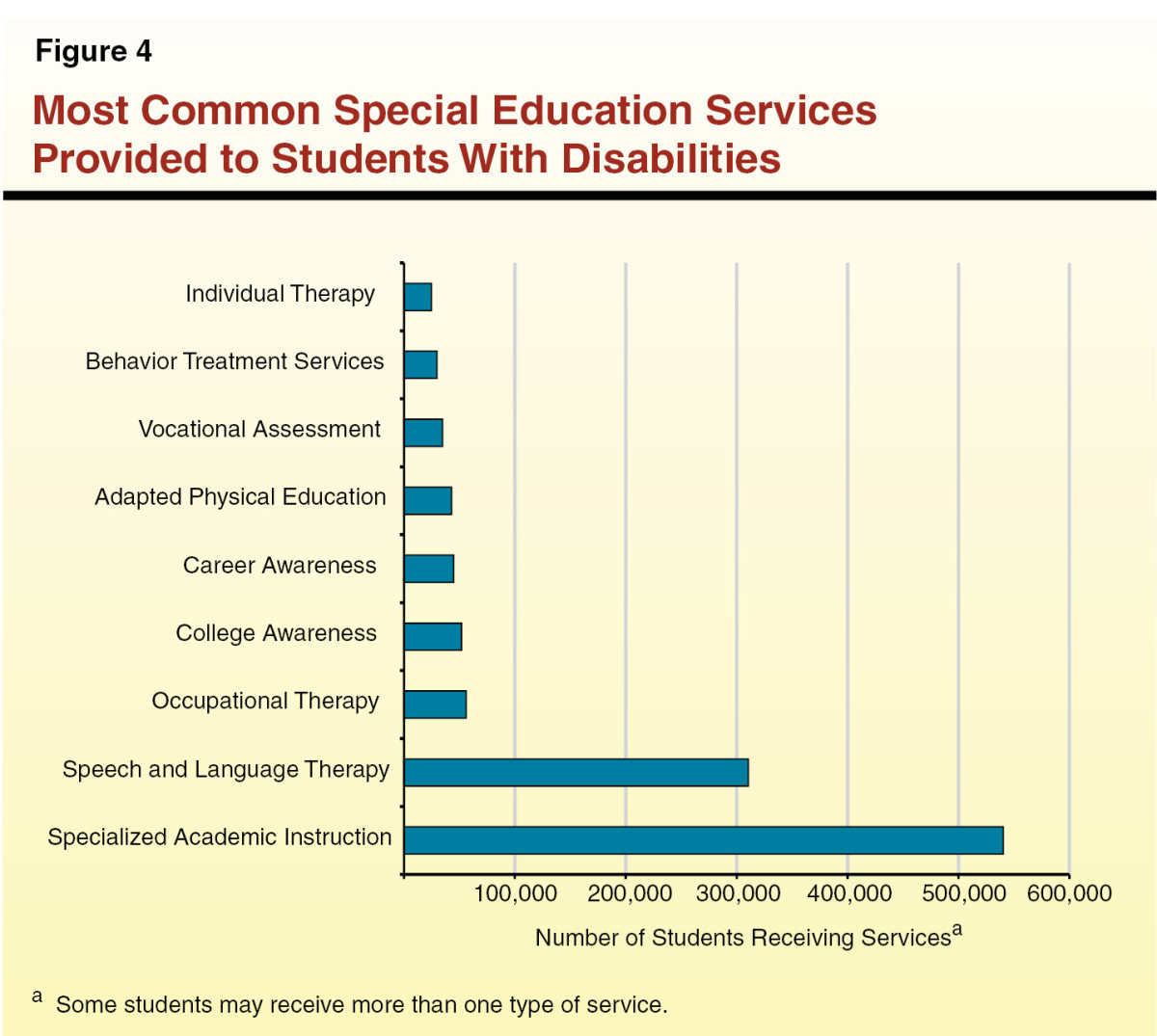Questions to Ask Kids that Build Communication

Ask the Right Questions
How many times have you asked your child a question and then received an answer that was less then satisfying. It is common for many parents to get those one word answers like yah, nah, or ok. The word good is also pretty popular in the vocabulary of most children. How was your day? Good. Fortunately, the short phrases and one word answers that exist in the dialogue of children can be improved by asking quality questions that promote thinking. In the example above, when children answer with the word good, it helps to rephrase the question and require them to be more specific. Instead, they could be asked to tell about the most interesting part of their day. This approach will help them to expand their answer and steer them away from short vague responses. Conversation skills are developed when care is taken to ask questions that guide children to think more deeply.
The first point to remember, for generating quality conversation with children, is to stay away from questions that elicit yes or no responses. Did you have a good day? This question is not going to get very much feedback. It is a limited question that eliminates the need for children to expand on their answer. Asking an open-ended question, on the other hand, forces them to provide specific detail and promotes communication. Below are examples of how to phrase questions to be open-ended, for the purpose of improving the responses children give.
Limited Questions
| Open-Ended Questions
| |
|---|---|---|
How did you do on your test today?
| What parts of your test do you feel you did well on?
| |
Did you play well in your hockey game?
| What nice plays did you make in your game today?
| |
Are you going to the school dance?
| What are your thoughts on going to the school dance?
|
Types of Questions that Promote Communication
Observe the chart on the right. It is easy to see how limited questions will inhibit the responses in children and begin a dialogue that only ends quickly. Open-ended questions, on the other hand, encourage children to give answers that contain greater detail. This facilitates richer conversations by requiring them to think more deeply about what they are going to say.
Fine Tune Your Questions
Below is a chart of descriptors to assist parents and educators in asking quality questions. These open-ended questions attempt to improve the responses children make by getting them to focus their thinking in key areas. In our efforts to build communication in children it is important to remember that it is a process and it takes time for children to build their expression and verbal skills.
Descriptor
| Definition
| Possible Questions
|
|---|---|---|
Depth
| Helps children to think more deeply about a topic.
| What factors make this a difficult problem? What are some of the difficulties we need to deal with?
|
Breadth
| Extends the child's range of opinions and ideas.
| Do we need to look at this from another perspective? Are there another things that need to be considered?
|
Precision
| Leaves no room for indecision.
| Could you be more specific? Could you give more details?
|
Clarity
| Clarifies any ambiguity
| Could you express that in another way? Could you give me an example?
|
Significance
| Determines important points of information.
| What is the most important thing to consider? What is the big issue here?
|
Relevance
| Assists children to use reason and common sense.
| How does this relate to the problem? How is that connected to the question?
|
Logic
| Guides children to conclusions that make sense.
| Does all this really make sense together? Does that follow from what you said?
|
Try This Wonderful Parent/Child Activity!
- The Seed: A Story for Early Readers
Share this original story with your children and enjoy a special moment to talk about caring for our environment.
Asking Good Questions Takes Practice
Not all parents have the problem of getting their children to talk but all children will benefit from questions that help them improve their responses. For those children who have difficulty expressing their ideas, open-ended questions are critical. Don't expect, however, that by asking one good question you will open the verbal flood gates. It takes time and practice for some children to feel comfortable sharing answers. Create opportunities to build positive communication by playing games and toys together. In the beginning, it may be necessary to make suggestions, for some children, to assist their responses but ultimately we want our children to contribute to the conversation. Give them time to think. It is ok for them to pause and collect their thoughts. After all, there are a lot of possible answers to an open-ended question!
Questions to Support Critical Thinking
- Teaching Kids to Be Critical Thinkers
In today's fast paced world of technology children need to be lifelong learners. Learn the keys to preparing children to be critical thinkers in the 21st century.
Articles for Learning
- Website Articles: A Great Reading Resource for Kids
Discover endless reading resources available on the web for children. Learn about the power of quality texts for developing reading motivation and explore practical tips for maximizing reading sessions with your child. - Free Math Website Games for Kids!
Discover math website games that teach number sense and time to children. Extend learning further with activity suggestions for each of the games. - Digital Photo Books that Teach Literacy to Children
There are many learning opportunities that can happen with the use of digital photography. Discover the power of photos to teach children early literacy skills that help develop reading and writing.





